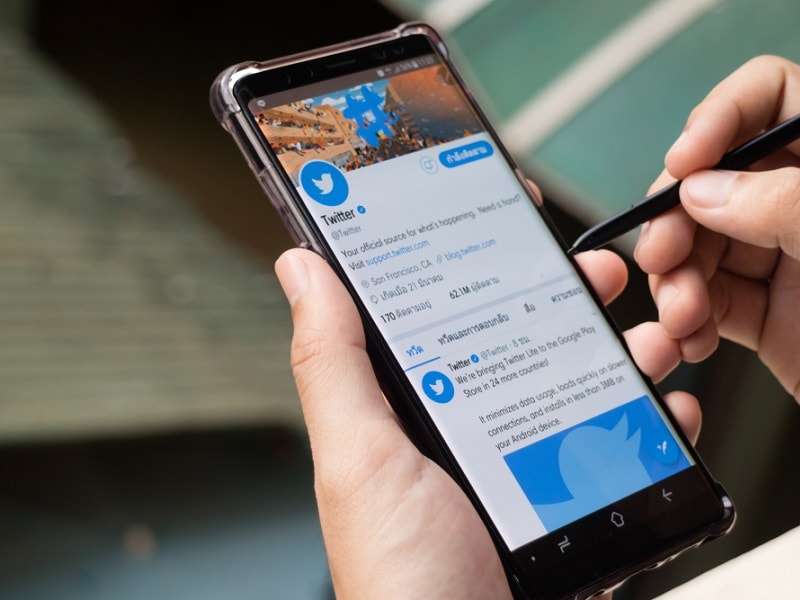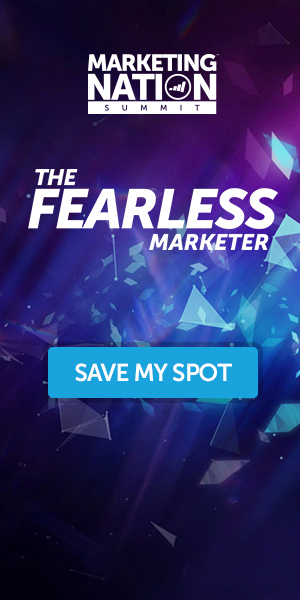
Social networks, like any other channel of communication with the audience, can and should be used to promote business, attract customers and increase sales.
However, many entrepreneurs simply don’t know where to end up with this business. Especially in small business, where, as a rule, there are no funds to attract specialists in SMM (social media marketing) – marketing and promotion using social networks.
Today we will acquaint you with the basics of SMM, talk about how to make social services work for the benefit of business.
What is SMM interesting and useful for small businesses?
One of the main problems faced by startups and small businesses is limited resources, so traditional marketing strategies and techniques are often difficult to implement in these conditions. At the same time, marketing in social networks, characterized by low costs, provides entrepreneurs with a direct channel of access to both existing and potential customers.
However, it is necessary to take into account the fact that when using social channels savings in money is achieved due to the time you spend on managing your pages on social networks. Their skilful use will allow you to build a brand, ensure business promotion and win the attention of prospective customers with minimal cost.
Preparation
Despite the seeming simplicity and accessibility, social media campaigns also require the development of strategies.
The main task of social networks, from the point of view of business, is the communication of the company with its audience on a friendly personal level, as with a friend or a good acquaintance. To achieve this, you need to have a deep understanding of your current and potential clients.
Start preparing to use social media by identifying your audience. Find individual characteristics for each segment (age, gender, interests, profession, etc.) and do not just find them, but study them well, create generalized portraits, providing images of the characteristic representatives of each group for illustrative purposes.
Creating such profiles will make it easier for you to find the right “key” personally for each consumer who makes up your target audience.
Next, analyze each group for your target audience and identify their main needs or problems that you can appeal to or suggest solutions to. Write them down for each profile you create.
The next step is to identify the three main marketing messages that you would like to convey to each part of the audience.
Once you have defined your portrait of your target audience and formulated what you are trying to convey to them, you need to find out which social services your prospective clients prefer to use.
It is important to remember that social networks differ from each other in terms of objectives, set of functions, features, and goals pursued by users when visiting them. Because of this, there are significant differences between the communities of users who prefer a particular social service. Understanding these differences will allow you to focus on the right channels.
Coordinate your social channels
Each social media platform should not be seen as a stand-alone tool to promote your business, as this will reduce the efficiency of their use. To achieve your goals, you should strive to ensure that all your social communication channels work in concert.
Because a website is the center and core of your brand and in many cases your business, you should focus your efforts on social media to ensure that each of them serves as a conduit to your business, leading users to your site where they can buy your product or service.
In addition, you can use a blog to build and strengthen your brand and share information with customers and prospective customers. It can also be a great opportunity to attract visitors to the site and convert them to customers. Therefore, you should create a blog and include it in your SMM strategy.
First of all, you need to optimize your site and blog to work with social networks, adding a few simple elements to their design.
At the end of the blog post, it is worth adding a call to action (CTA) where you invite your readers to join your Facebook page or track you on Twitter (or any other platform that you think covers your target audience the most).
Add special buttons to each news or blog post that allow readers to quickly share your content with their friends without having to subscribe to your social media profiles. This will make your audience reach as wide as possible.
To do this, in the administrative panel of your site on 1C-UMI in the section “Content” select “Social Networks”. You can configure the use of social networks on your site and add the “Like” and “Share” buttons.

In the same section you can set up the display of comments from social networks directly on the pages of your site, set the display of blocks of social networks in news, blogs and site directory. Besides, here you can also set up the display of the block for each social network (Facebook, VKontakte, Google+ and Twitter): set the width of the block of comments and the number of comments on the page.
Go ahead, but start gradually.
So, you “outlined” your target audience, you know where you can “get it”, and you have integrated social functions into your marketing tools. It’s time to “socialize”!
However, perhaps the most important advice at this stage is the recommendation not to rush and not to try to cover all channels at once. Start small.
As we have already said, SMM saves money but requires time and energy, which are precious resources for small businesses and startups. Therefore, experts recommend to start promoting business in social networks gradually, starting with one or two platforms. This approach will allow you to control the load and not get lost in the variety of social services.
To ensure the continuity of your social media promotion efforts, include them in your daily calendar – among your daily tasks, allocate time when you will only manage your social accounts. You can do this once or twice a day.
At first, in the first month or two, be prepared to spend at least 15-30 minutes a day on these tasks. You can increase your time as much as you see fit.
Create a calendar of publications. It will allow you to decide what content, when and in what network you will share with your admirers.
Be attentive to your audience
Communication in social networks takes place in real time, unlike e-mail correspondence.
Based on this, another tip: listen, or rather, read your news feeds. This will allow you to know what people are saying about you, your company, brand or product.
Answer all questions, comments and references quickly, even if they are negative. Immediate and adequate response to criticism will turn the negative into a positive one, strengthen your company’s credibility, show that it respects the consumer and listens to his opinion, values its reputation.
Create a social media schedule
Your participation in social life should be permanent and your news feeds should be regularly updated. This does not mean that you should take any action (publish status, leave a comment or answer a question, etc.) every five minutes. You should simply do so at regular intervals, depending on the objectives.
Make a list of the activities you will perform on social media every day. For example, on Facebook you can leave comments or share links on three different pages, or tweet and retweet on Twitter 3-5 times a day. Using Pinterest as your marketing channel, you can make 3-5 images of pins and retinas every day.
With this simple set of actions, you can expand your field of activity, join groups and communities based on specific demographic data (according to the target group profiles you have created). You can also initiate and participate in discussions, ask questions and leave comments on updates on other users’ and groups’ pages.
Try to personalize your brand. To this end, welcome new followers (subscribers on the page), thank them for sharing your content, offer them all sorts of promotions and gifts for participating in promoting your page on social networks, organize contests and quizzes.
Improve your results with social media ads
Paid advertising tools can be used to increase the effectiveness of social marketing.
Facebook offers a range of advertising solutions to increase sales, traffic to the website, brand recognition and interaction with the audience.
If your main social channel is Twitter, you can use two advertising solutions: promoted content and promoted account. In the first case, the delivery of your tweets to the target audience will be more reliable – they will be kept at the beginning of the user’s news feeds for a longer period of time, and will be periodically duplicated. As for the accounts being promoted, they will be recommended to a larger number of users, which will allow you to significantly expand your readership.
The use of paid functions of social advertising will increase the “visibility” of your brand, will allow you to achieve greater success in the use of social networks. In addition, the policy of social services that benefit from advertising, suggests a more loyal attitude to customers who bring them money.
Evaluate your results
The last step is very important: measuring and analysing the results of social activity. This is the only way to determine which tactics work and which do not. Parameters of evaluation are audience size (number of subscribers), engagement (likes, comments) and content promotion (reposting and retweets).
Of course, a large audience in social networks does not guarantee high conversions and increased sales, but its absence reduces the chances of attracting new customers through social channels to a minimum.
Most social services already have built-in tools for evaluating and tracking results and their work is clear. As far as your readers are interested in the post or status, you can see the “unarmed” look.








